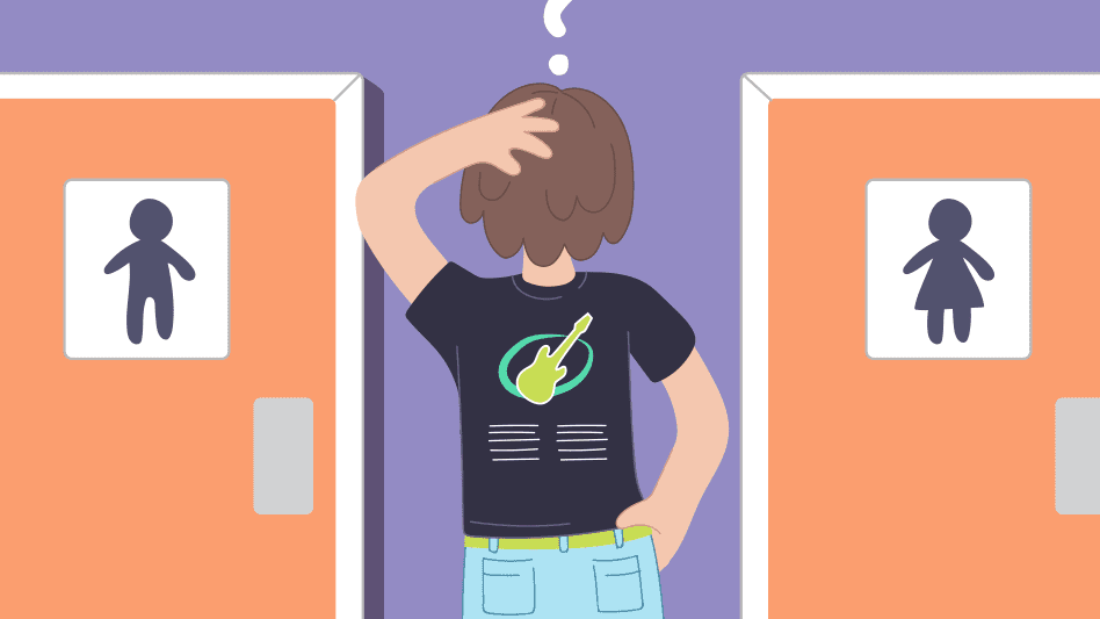As a parent, it can be a challenge to navigate conversations with your child’s school about their gender identity. You want to ensure that your child feels supported and understood, while also respecting the perspectives and abilities of their teachers and administration. Here are some tips on how to approach these conversations in a thoughtful and respectful way.
- Educate yourself: Before speaking with your child’s school, take the time to educate yourself about gender identity. This will not only help you better understand your child’s experience, but it will also allow you to approach the conversation with confidence and clarity.
- Choose the right time and place: When discussing your child’s gender identity with their school, it’s important to choose an appropriate time and place. Schedule a meeting with your child’s teacher or school administration in advance, and be prepared to have an open and honest conversation.
- Be open and honest: When speaking with your child’s school about their gender identity, be open and honest about your concerns and questions. This will help to create a supportive and understanding environment, and will allow for a more productive conversation.
- Listen and ask questions: It’s important to listen to the perspectives of your child’s teachers and administration. Ask questions and seek to understand their approach to supporting students through gender identity. This will help to build a collaborative and respectful relationship with the school.
- Offer resources and support: If you have resources or information that may be helpful to your child’s school, don’t hesitate to share them. This could include books, articles, or organizations that specialize in supporting transgender and non-binary individuals.
Remember, the goal of these conversations is to create a supportive and affirming environment for your child. By approaching these discussions with an open mind and thoughtful tone, you can work with your child’s school to ensure that they feel understood and supported as they navigate their gender identity.


